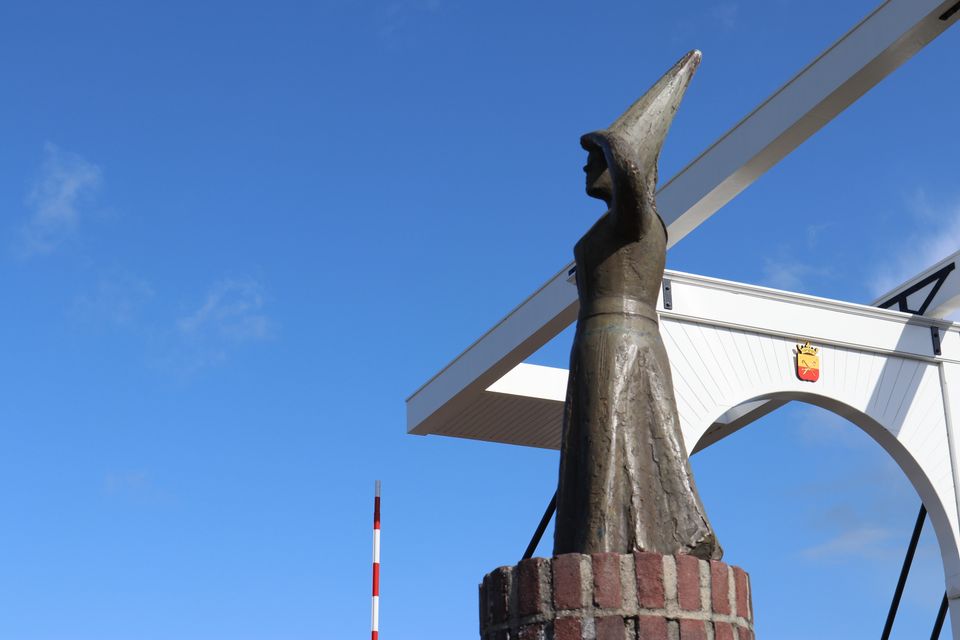The Lady of Stavoren
Stavoren
From the 15th century on, the flourishing Hanseatic city of Stavoren began to fall upon bad times. It is this period in history that is related in the saga of the Lady of Stavoren. In the saga, all aspects of Stavoren as a trading city are covered.
Take a look
From the 15th century on, the flourishing Hanseatic city of Stavoren began to fall upon bad times. The harbour silted up, resulting in captains searching for a new home port for their ships. Economically speaking, things went downhill fast. It is this period in history that is related in the saga of the Lady of Stavoren. In the saga, all aspects of Stavoren as a trading city are covered.
The story of the Lady of Stavoren
One of the versions of the saga tells of a rich merchant's widow in Stavoren, who lived in a house with golden floors, silver walls and a ceiling embellished with sparkling jewels. She owned more ships than anyone else in the city, and became richer by the day. Despite her enormous wealth, she was not satisfied. On the contrary, she was extremely dissatisfied, and believed she could find happiness in the most costly of goods. She sent out her best captain and her largest ship to make her impossible wish come true. The ship's hold was crammed with gold.
Following a long search, the captain returned home with a cargo of grain from Danzig, which he believed to be more valuable than gold. After all, each grain of the golden wheat could be sown and could develop into a golden wheat stalk full of grains of wheat. And so this cargo could multiply itself time and again, and feed endless mouths. The haughty lady saw things completely differently however, and refused to acknowledge the grain as being the most costly good. The crowd that had gathered on the quayside agreed with her, and they all poked fun at the captain and the merchant's widow. She reacted by turning on the captain, demanding furiously: “On which side did you receive the grain?” “On the starboard side”, the captain replied cautiously. The lady snarled at him: "Then dispose of it into the sea on the port side!" An old man stepped out from the crowd and asked her not to do so. As he explained, this costly food deserved respect and should not be wasted, as it could feed many mouths.
If she were to waste it, she would become so poor that the grain would indeed appear as gold to her. She reacted by taking the gold ring from her finger and throwing it with no further hesitation far out into the sea. She added: “I have as little chance of poverty, as I have of ever seeing this gold ring again.” After everyone – including the lady – had long forgotten the old man's prediction, she was approached by one of her servants with a fish that had been caught, containing the gold ring in its stomach. From that moment on, her fate changed and disasters came upon her. And in her demise, the Lady of Stavoren took down her own city with her. Just off the coast, where the ripe wheat had been tipped into the sea, a fertile green island had arisen. Sand deposits soon collected here and a sandbank was formed. Ships could no longer easily reach Stavoren harbour, and the captains sought ports elsewhere, resulting in a complete lack of trade. And so the rich times of Stavoren were to come to an end.
Here you will find The Lady of Stavoren
Het vrouwtje van StavorenNoord 16
8715 HR Stavoren Plan your route
from your location


